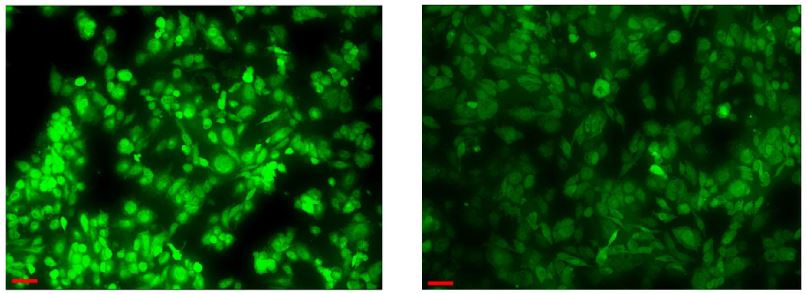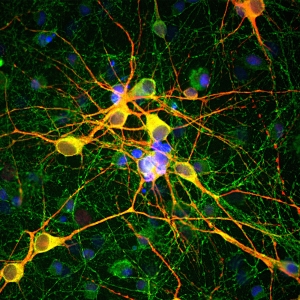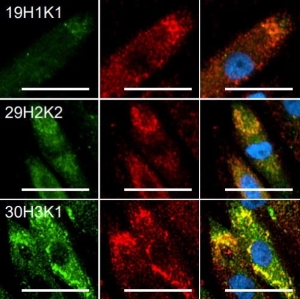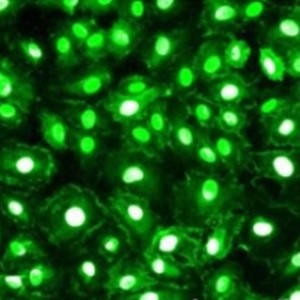Our Human Retinal Microvascular Endothelial Cells (HRMECs) (cat. HEC09) have a history of performing for researchers studying diabetic retinopathy. In the past, we've seen the cells used to investigate the viability of a drug as a treatment in one study and the role of a long non-coding RNA in another paper. Now, the cells are back again, proving their consistency and reliability in a publication released this month.
Image: Formation of tube networks in Neuromics HRMECs in normal glucose (NG) and high glucose (HG) conditions.
Investigators at Shandong University in China subjected our HRMECs to high glucose (HG) conditions to create an in vitro diabetic retinopathy model. They wanted to study the role of circular RNAs (circRNAs) in regulating HG-induced apoptosis in the HRMECs. Finding that hsa_circ_0000880 was upregulated in the cells and that apoptosis decreased in the hsa_circ_0000880 knockout model, the researchers suggest it could be a future therapeutic target for diabetic retinopathy. You can read the full study here.
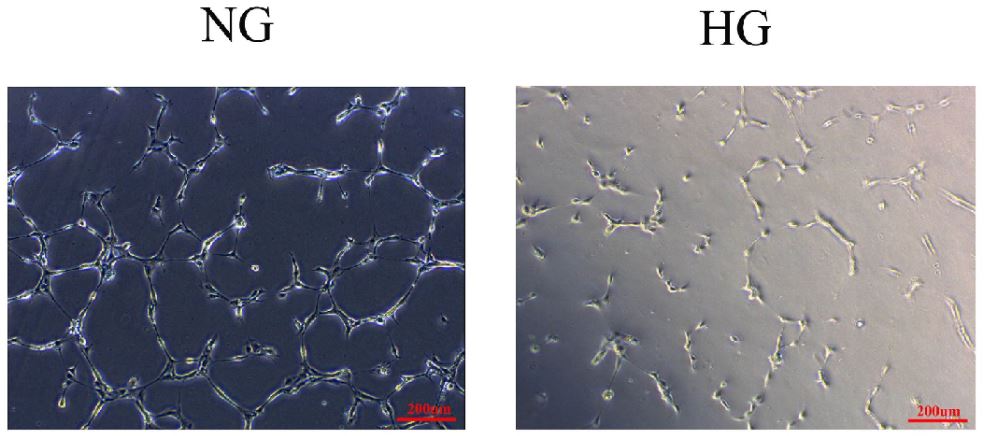
Bottom image: Expression of reactive oxygen species (ROS) in HRMECs in the HG condition (left) and Hsa_circ_0000880 knockout condition (right).
You can explore all publications using our human cells & tissue here, including our endothelial cells, cancer-associated fibroblasts (CAFs), CNS cells, and more.
Furthermore, we encourage you to check out our newly released primary Human Dermal Fibroblasts (cat. HDF001) and Human Uterine Fibroblasts (cat. HUF001). These cells complement out existing selection of primary human fibroblasts.
